One nice thing about electric cars is that they’re quiet. But some people believe they’re too quiet. To help keep walkers safe, all new models of electric cars in Europe must now make noise when they move.
Cars that run on gasoline (petrol) or diesel fuel are naturally noisy. These cars use an “internal combustion engine”. The noise comes from many small explosions as the fuel is burned to power the car.
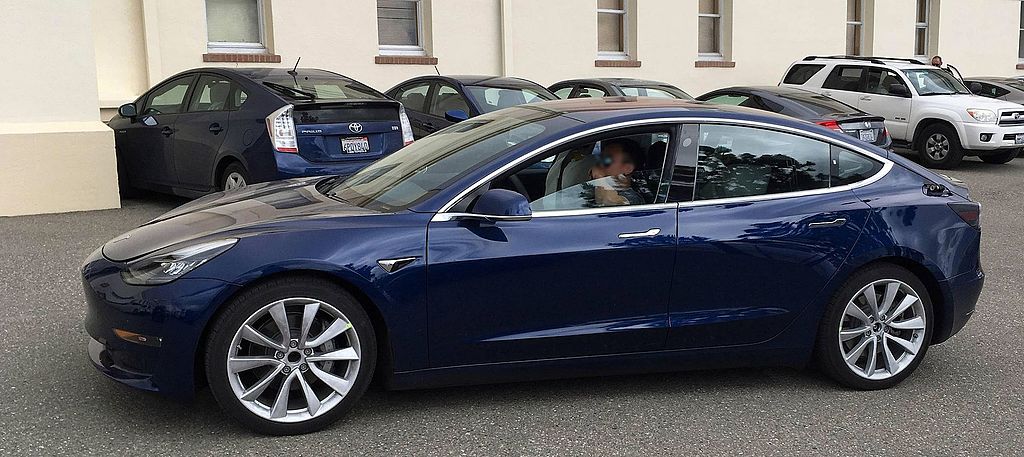
(Source: Smnt [CC BY-SA 4.0], via Wikimedia Commons.)
We expect cars to make noise, and may not think too much about car noise, unless the noise is very loud.
But without thinking about it, we actually use car noise to stay safe. The noise gives us information about where the car is, which direction it’s moving, and how fast it is traveling. For blind people, this is even more important.
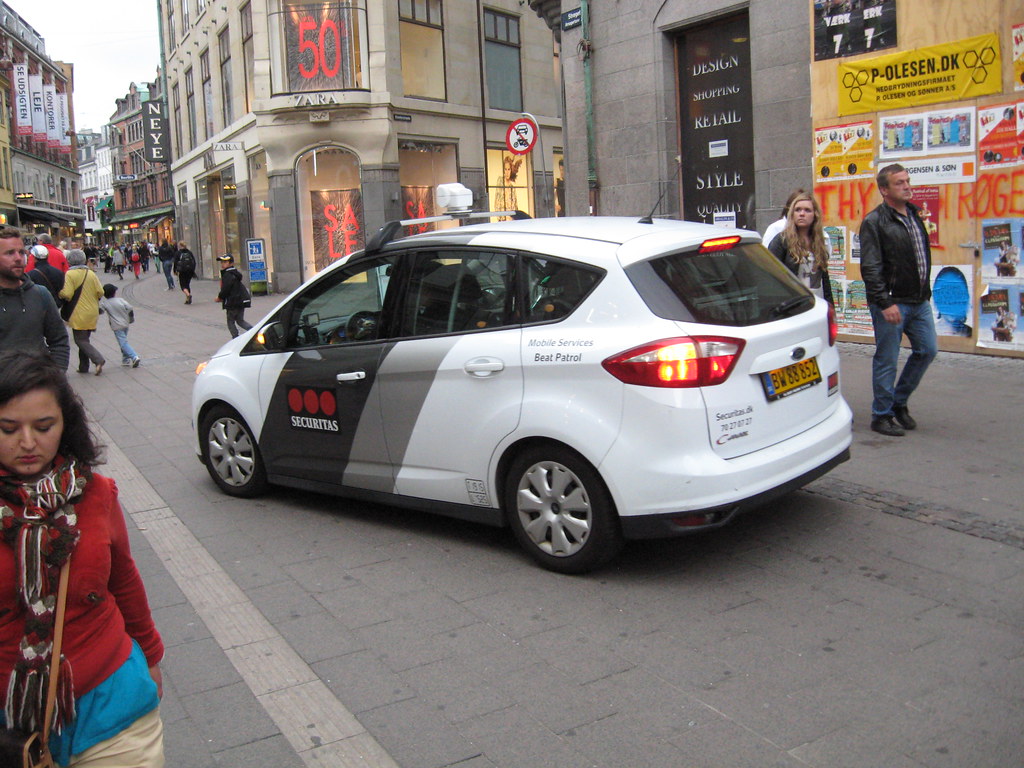
(Source: kai.bates, via Flickr.com.)
But cars that are traveling under electric power don’t make the noises that we’re used to. They can surprise people who are not expecting a large heavy object to be moving silently. Research shows that cars running under electric power are 40% more likely to be involved in accidents which hurt walkers.
Because of this, many electric cars make a fake engine noise or another sound when they travel at slow speeds. This gives people nearby a warning that a car maybe coming their way.
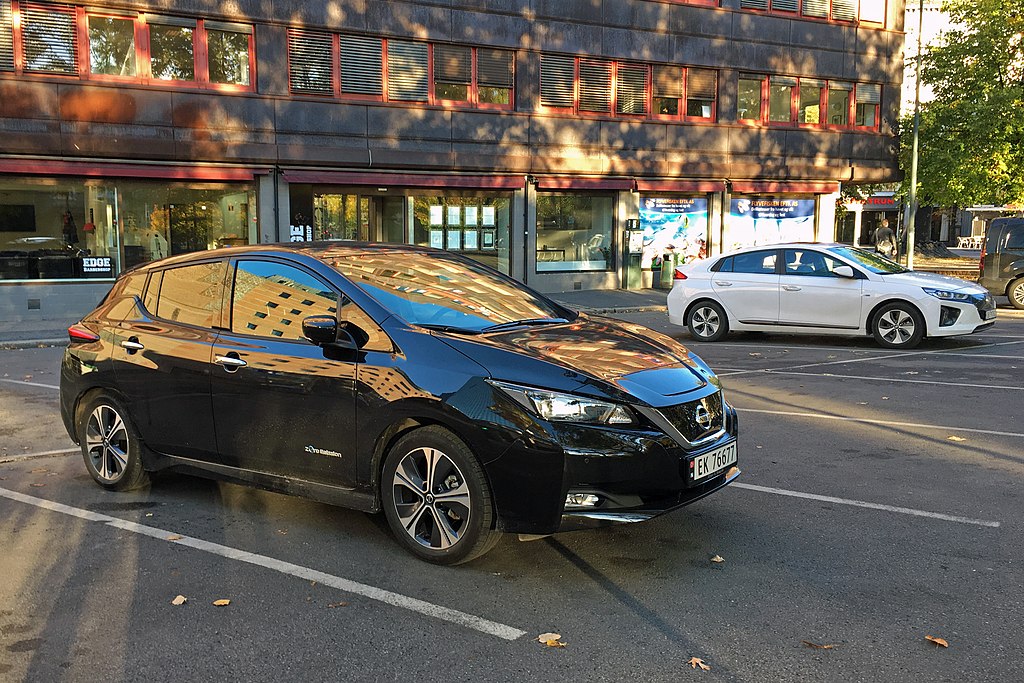
(Source: Mariordo (Mario Roberto Durán Ortiz) [CC BY-SA 4.0], via Wikimedia Commons.)
But until recently, whether a car made noise are not depended on the maker of the car. Now it is the law. As of July 1, all new models of electric cars in Europe must make a warning noise. Beginning in 2021, every new electric car sold in Europe must make a noise.
The new rule also applies to hybrid cars when they’re running on electric power. Hybrid cars have both an electric engine and an internal combustion engine.
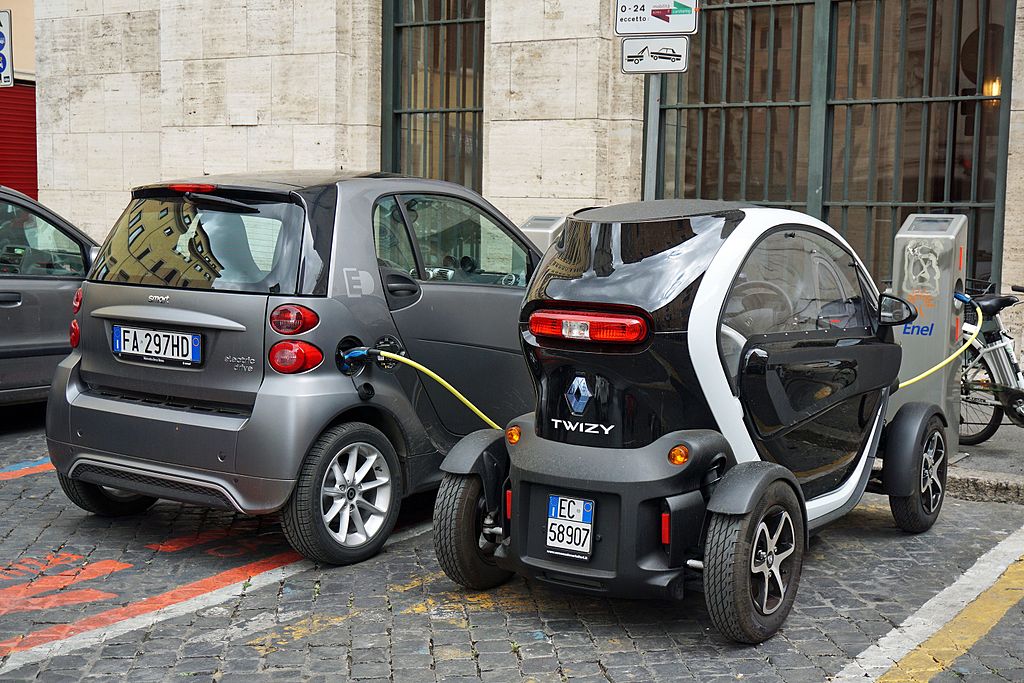
(Source: Mariordo (Mario Roberto Durán Ortiz) [CC BY-SA 4.0], via Wikimedia Commons.)
All cars don’t have to make the same noise. But each car should sound similar to an internal combustion engine and be about as loud.
The noise must begin automatically when the car is traveling at less than 12 miles per hour (20 kilometers per hour), or when it is backing up. The sound should also give an idea of what the car is doing. For example, if the car is speeding up, it should sound like it is speeding up.
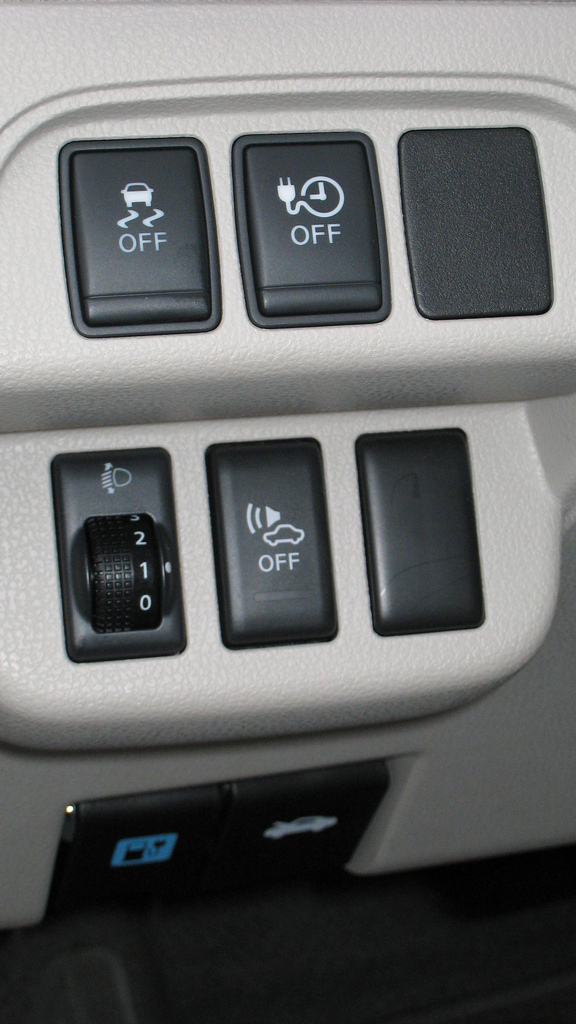
(Source: Major Nelson [CC BY 2.0], via Wikimedia Commons.)
Carmakers are allowed to include a way to turn the sound off, in case the driver has a good reason for keeping the car quiet.
Starting in September, electric cars sold in the US will have to follow a similar rule about warning noises.
